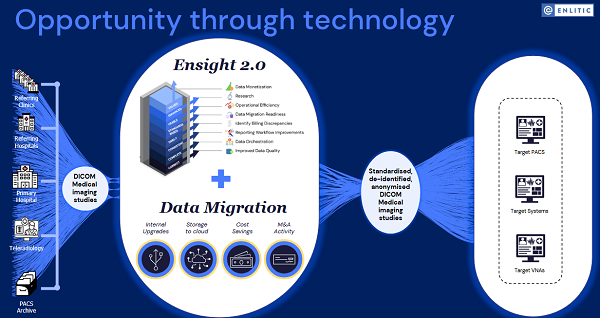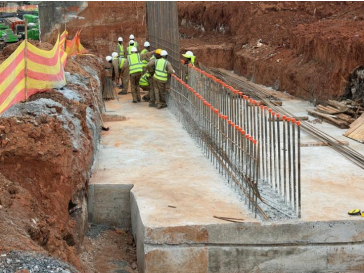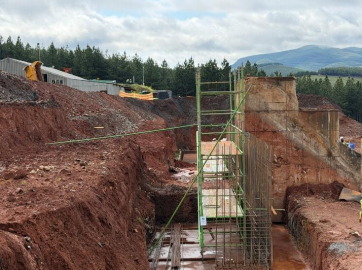Inflation setback pushes rate cut expectations back by six months,unemployment rise and global easing contrast with RBA’s caution.
Bendigo Bank says a pre-Christmas interest rate cut by the Reserve Bank of Australia (RBA) is now off the table, with the next potential easing most likely delayed until around May 2026. In its November Economic Update, Chief Economist David Robertson said that while lower rates remain expected over the medium term, the latest inflation data has forced a reassessment of timing, pushing the easing cycle back by about six months.
“There is still an expectation of lower rates ahead, but the latest inflation numbers were a setback, with broad-based price pressures across housing costs, market services and grocery inflation,” Robertson said. “This has pushed back the next RBA cash rate cut by around six months — most likely to around May next year.”
Robertson added that although another cut to around 3.35% remains likely, taking the cash rate about one percentage point below last year’s peak, the case for a deeper easing cycle is now less convincing due to the uncertain inflation outlook.
Unlike the U.S. Federal Reserve, the Bank of Canada and the Reserve Bank of New Zealand, which all cut rates in October, the RBA will need to see more data before following suit. Robertson noted that recent signs of resilience in household consumption, business conditions and record-high property and equity markets are also holding back an earlier move.
Even so, weaker employment data presents the strongest argument for another rate cut in 2026. “The unemployment rate has risen to 4.5% in September, its highest since 2021, and the risk is that this trend could continue over the next 12 to 18 months,” Robertson said.
“Interestingly, the RBA’s updated forecasts still only see unemployment peaking at 4.4%, so upcoming jobs data will be crucial in testing that assumption,” he added.
Globally, the outlook remains complex but some extreme tariff risks have eased compared to earlier this year. “After some setbacks last month, the U.S.–China trade relationship now appears to be in a lasting truce, and the latest data from major Asian trading partners continues to show resilience,” Robertson said.
However, the U.S. economy remains volatile amid a prolonged government shutdown, which has disrupted official data releases and heightened labour market risks.
Financial markets continue to take an optimistic view of artificial intelligence (AI) and other emerging technologies, with record highs across major equity indices. “The big question is what the AI-driven productivity and output boom will actually look like,” Robertson said.
In Australia, GDP growth has picked up in 2025, but the RBA’s forecasts for 2026 and 2027 remain modest. “Private demand is expected to take the lead from public spending next year, but the interaction between AI, productivity and output will be key to the outlook,” he said.
Disclaimer
The information provided on this website is for general informational purposes only and does not constitute financial or investment advice. While every effort is made to ensure accuracy, we do not guarantee the completeness, reliability, or timeliness of any content. Investment involves risk. Always seek independent, professional advice before making any financial decisions.























